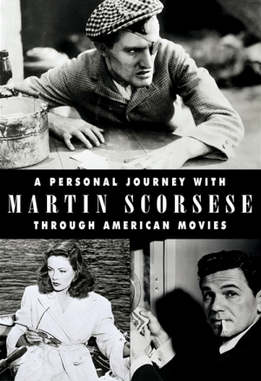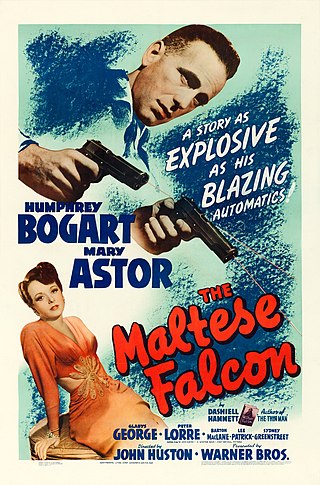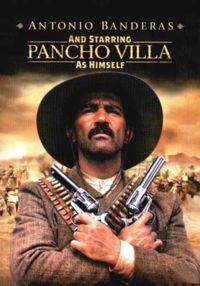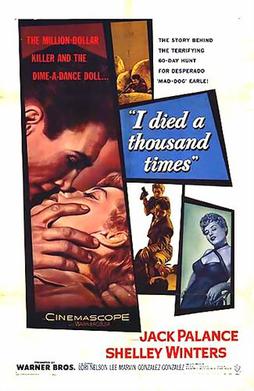
Humphrey DeForest Bogart, colloquially nicknamed Bogie, was an American actor. His performances in classic Hollywood cinema films made him an American cultural icon. In 1999, the American Film Institute selected Bogart as the greatest male star of classic American cinema.

Ida Lupino was a British actress, director, writer, and producer. Throughout her 48-year career, she appeared in 59 films and directed eight, working primarily in the United States, where she became a citizen in 1948. She is widely regarded as the most prominent female filmmaker working in the 1950s during the Hollywood studio system. With her independent production company, she co-wrote and co-produced several social-message films and became the first woman to direct a film noir, The Hitch-Hiker, in 1953.

Raoul Walsh was an American film director, actor, founding member of the Academy of Motion Picture Arts and Sciences (AMPAS), and the brother of silent screen actor George Walsh. He was known for portraying John Wilkes Booth in the silent film The Birth of a Nation (1915) and for directing such films as the widescreen epic The Big Trail (1930) starring John Wayne in his first leading role, The Roaring Twenties starring James Cagney and Humphrey Bogart, High Sierra (1941) starring Ida Lupino and Humphrey Bogart, and White Heat (1949) starring James Cagney and Edmond O'Brien. He directed his last film in 1964. His work has been noted as influences on directors such as Rainer Werner Fassbinder, Jack Hill, and Martin Scorsese.

Jerome Irving Wald was an American screenwriter and a producer of films and radio programs.

George Raft was an American film actor and dancer identified with portrayals of gangsters in crime melodramas of the 1930s and 1940s. A stylish leading man in dozens of movies, Raft is remembered for his gangster roles in Quick Millions (1931) with Spencer Tracy, Scarface (1932) with Paul Muni, Each Dawn I Die (1939) with James Cagney, Invisible Stripes (1939) with Humphrey Bogart, and Billy Wilder's comedy Some Like It Hot (1959) with Marilyn Monroe and Jack Lemmon; and as a dancer in Bolero (1934) with Carole Lombard and a truck driver in They Drive by Night (1940) with Ann Sheridan, Ida Lupino and Bogart.

William Riley Burnett was an American novelist and screenwriter. He is best known for the crime novel Little Caesar, the film adaptation of which is considered the first of the classic American gangster movies.

Mark John Hellinger was an American journalist, theatre columnist and film producer.

They Drive by Night is a 1940 American film noir directed by Raoul Walsh and starring George Raft, Ann Sheridan, Ida Lupino, and Humphrey Bogart, and featuring Gale Page, Alan Hale, Roscoe Karns, John Litel and George Tobias. The picture involves a pair of embattled truck drivers and was released in the UK under the title The Road to Frisco. The film was based on A. I. Bezzerides' 1938 novel Long Haul, which was later reprinted under the title They Drive by Night to capitalize on the success of the film.

A Personal Journey with Martin Scorsese Through American Movies is a 1995 British documentary film of 225 minutes in length, presented by Martin Scorsese and produced by the British Film Institute.

Colorado Territory is a 1949 American Western film noir directed by Raoul Walsh and starring Joel McCrea, Virginia Mayo, and Dorothy Malone. Written by Edmund H. North and John Twist, and based on the novel High Sierra by W.R. Burnett, the film is about an outlaw who is sprung from jail to help pull one last railroad job.

The Maltese Falcon is a 1941 American film noir in which a San Francisco private detective deals with three unscrupulous adventurers, all seeking a jewel-encrusted falcon statuette. Written and directed by John Huston in his directorial debut, the film was based on the 1930 novel The Maltese Falcon by Dashiell Hammett and is a remake of the 1931 film of the same name. It stars Humphrey Bogart as private investigator Sam Spade, Mary Astor as his femme fatale client, and as villains Peter Lorre and Sydney Greenstreet.
The 13th National Board of Review Awards were given on 20 December 1941.

The Man I Love is a 1947 American film noir melodrama starring Ida Lupino, Robert Alda, Andrea King, and Bruce Bennett. Directed by Raoul Walsh, the film is based on the novel Night Shift by Maritta M. Wolff. The title is taken from the George and Ira Gershwin song "The Man I Love", which is prominently featured.

And Starring Pancho Villa as Himself is a 2003 American made-for-television western film for HBO in partnership with City Entertainment and starring Antonio Banderas as Pancho Villa, directed by Bruce Beresford, written by Larry Gelbart and produced by Joshua D. Maurer, Mark Gordon, and Larry Gelbart. The cast also includes Alan Arkin, Jim Broadbent, Michael McKean, Eion Bailey, and Alexa Davalos.

Background to Danger is a 1943 World War II spy thriller film starring George Raft and featuring Brenda Marshall, Sydney Greenstreet, and Peter Lorre.

I Died a Thousand Times is a 1955 American CinemaScope Warnercolor film noir directed by Stuart Heisler. The drama features Jack Palance as paroled bank robber Roy Earle, with Shelley Winters, Lee Marvin, Earl Holliman, Perry Lopez, Pedro Gonzalez Gonzalez, and Lon Chaney Jr.
Manpower is a 1941 American crime melodrama directed by Raoul Walsh and starring Edward G. Robinson, Marlene Dietrich, and George Raft. The picture was written by Richard Macaulay and Jerry Wald, and the supporting cast features Alan Hale, Frank McHugh, Eve Arden, Barton MacLane, Ward Bond and Walter Catlett.

Invisible Stripes is a 1939 Warner Bros. crime film starring George Raft as a gangster unable to go straight after returning home from prison. The movie was directed by Lloyd Bacon and also features William Holden, Jane Bryan and Humphrey Bogart. The screenplay by Warren Duff was based on the novel of the same title by Warden Lewis E. Lawes, a fervent crusader for prison reform, as adapted by Jonathan Finn.

White Heat is a 1949 American film noir directed by Raoul Walsh and starring James Cagney, Virginia Mayo and Edmond O'Brien.
A pard is an animal from medieval bestiaries.















